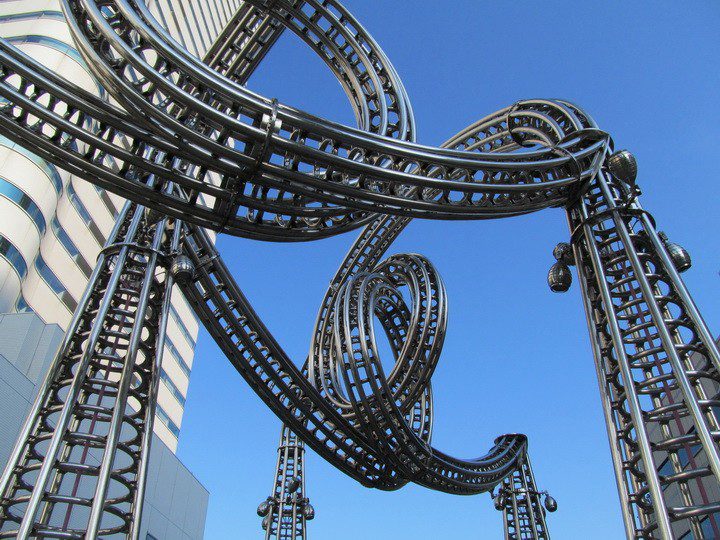Dynamic Web Design – The PHP Module
With the publicity that dynamic websites are getting these days, there is a good chance that you are already familiar with PHP web design, or at least have heard about it. For those who have not, PHP is a programming language that is used to design dynamic websites.

By dynamic, we mean that these are websites that interact with a server and process instructions, on-the-fly, so to speak. For example, you have probably visited websites that display the current date and time each time the page is refreshed. Well, you are probably looking at a PHP web design example of a dynamic website.
Understanding where PHP fits in the grand scheme of the web environment will give you a better understanding and appreciation of PHP and what it can and cannot do. The PHP interpreter, located on the server is only called upon to do something when one clicks, submits or types something. Once the page has been downloaded, it stays idle until the next page request.
What implications does this have on design? For once, it shows that PHP web design cannot be used to create websites that require client-side validation. In other words, if you enter a value in a web page designed using PHP, it will not check the value entered until the submit button is pressed.
You have likely encountered websites that alert you immediately if a wrong value has been entered even without clicking anything on the web page. This is client-side validation that is done only using JavaScript. When used together, a web page can be used to offer such validation.
PHP web design is thus best suited to create websites that require form validation that is sent back to the user for correction. By use of cookies, small programs stored on the browser, it is also possible to pass data between pages of a website without a form submission as a user clicks from one page to another.
For example, cookies can be used to remember a username to avoid typing it each time. Cookies are also used to highlight new content on forum websites by recording the last date the site was visited.
Likewise, sessions can be used to store values that correspond to the current user. This data however is stored on the web server and allows for more efficient communication between the web server and the browser.
PHP web design can be implemented for a variety of websites and functionality. I hope you have now at least a basic understanding of why PHP continues to reign when it comes to dynamic website design.
Many web designers prefer PHP above HTML.









